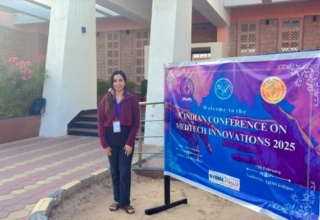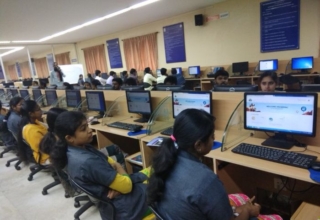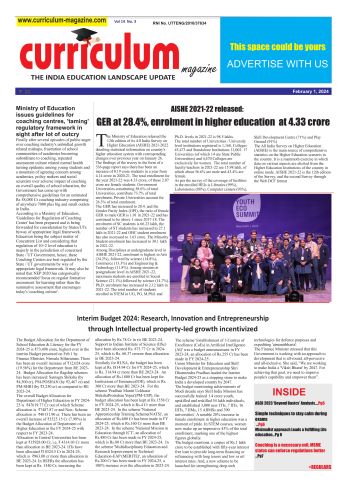
In today’s rapidly evolving educational landscape, the integration of artificial intelligence (AI) into classrooms is changing the way students learn and how teachers teach. AI offers unprecedented capabilities, from personalized learning experiences to data-driven insights, which can dramatically improve educational outcomes.
However, AI alone cannot address the challenges of human learning as it has its own limitations and can’t replace the power of Human intelligence (HI). human capacity that comes from for
Emotional intelligence, creative thinking and critical thinking are still the forte of human brain and therefore role of HI remains. Even as AI models and products continue to evolve, human role remain critical to the future of learning/teaching. It is important to realize this strike a balance between HI and AI and create an effective and enriching classroom environment.
The Power of AI in Education
AI has brought innovation to education through adaptive learning platforms, transformative curricula, intelligent instructional systems and automated assessment tools. These technologies can analyze large amounts of student data, identify lesson plans, and tailor instructional materials to each student’s needs. This individual flexibility helps to cater to the pace and strategies of learning found in the classroom. AI-powered tools can also reduce teachers’ workload, allowing them to focus more on student interaction and achievement.
Additionally, AI provides real-time feedback to students and teachers. For example, AI systems can quickly assess student performance, highlight areas for improvement, and suggest customized exercises for the course. This data-driven approach to education fosters a more targeted and efficient learning process.
The Importance of Human Intelligence in Education
While AI offers impressive capabilities, it lacks the emotional, creative, and social intelligence that human teachers and students bring to the learning process. Human Intelligence (HI) encompasses skills such as empathy, critical thinking, problem-solving, and the ability to foster deep connections with students. These elements are essential for creating a classroom environment where students feel understood, motivated, and engaged.
Teachers, with their HI, can identify when a student is struggling emotionally or socially, not just academically. They can inspire creativity, facilitate group discussions, and encourage students to think critically about the world around them. Furthermore, human teachers can adapt to the nuances of classroom dynamics and understand the complexities of individual student behavior in ways AI cannot.
Finding the Balance
Creating an effective classroom requires a thoughtful balance between AI and HI. AI can enhance efficiency and provide personalized learning experiences, but it cannot replace the human elements of teaching that foster emotional and intellectual growth. The ideal classroom is one where AI serves as a tool to support and complement the teacher’s role, rather than as a substitute.
For example, AI can take over repetitive tasks like grading and data analysis, allowing teachers to spend more time engaging with students, addressing their questions, and fostering a positive learning environment. AI can provide insights into student performance, but it is the teacher’s responsibility to interpret this data and take appropriate action, whether that involves offering additional support or challenging students with more complex tasks.
Conclusion
Integrating AI into education offers exciting possibilities, but it’s important not to lose sight of the irreplaceable value of human intelligence. By using AI to complete routine tasks and provide personalized learning insights, teachers can focus on the emotional and social aspects of education that AI cannot replicate. Striking a balance between AI and HI keeps classrooms technologically advanced and more human, creating an environment where students can thrive academically, socially and emotionally.
As society evolves, so do the nuances of education. The modern classroom fossilizes rapidly as the Fourth Industrial Revolution creates claims for more integrated AI-powered solutions, transforming how students interact with educational content. However, AI cannot address human learning in its entirety. HI is indispensable because it encompasses, emotion, creativity, and critical reasoning, and the effective integration of AI and HI is beneficial for the classroom.
Having said that AI has defined application value in education. It has created classrooms with adaptable technologies such as AILM, AI teachers, and smart grading software that help automate curriculum. Big data and AI technologies make the gap more manageable by mapping the student journey, understanding trends in their learning behavior and optimizing resources. Motivated by major AI technologies, teachers could prioritize students and even automate administrative responsibilities.
Furthermore, AI also can contextualize feedback, which can help students and teachers learn. As an example, automated AI powered student assessment and evaluation systems allow for almost instantaneous student performance analysis and feedback.
-Dr. S.P. Dutta, Principal, Krishnagar Public School, Nadia, West Benga










